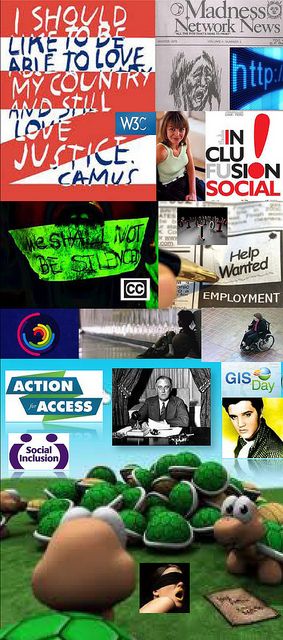Building Social Capital
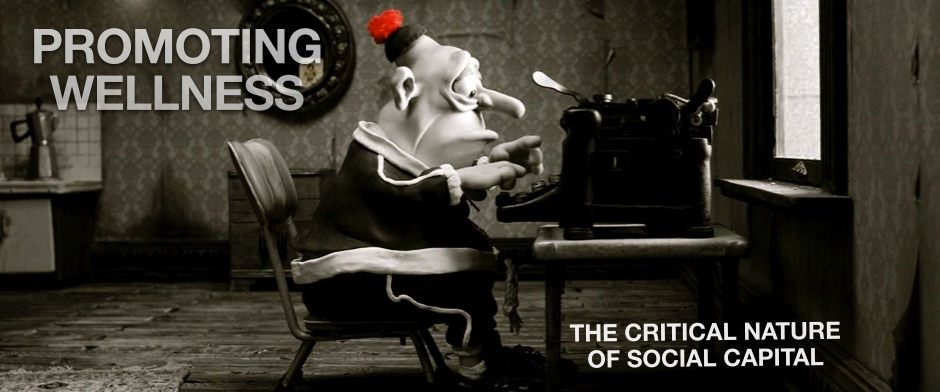
Social Capital is a term that describes the notion of friendship and social connectedness. Clearly, all people have some form of social capital, but it hasn’t been until recently that sociologists have come to realize the power and potency of this concept..
Alexis de Tocqueville first wrote about the concept of social connectedness in his 1850 analysis of the United States titled, Democracy in America. In this work, de Tocqueville described a phenomena he called “habits of the heart” where people watched out for each other for no other apparent reason than what is good for you is good for me. By the end of the Civil War and beyond the turn of the century in the 1900’s Americans began to enhance these “habits of the heart” to a whole new level.
As our society shifted from primarily agrarian to industrial mode, and as immigrants came from all the Eastern European countries all types of clubs, groups and associations began to develop and strengthen. From 1871 until 1920, over sixty groups moved from a parochial context to become nationwide entities, all creating a buildup of culture, community and connections.
Hanifan first coined the idea of social capital in 1916 although his focus was to put a “face” on the notion of “habits of the heart” that de Tocqueville identified in 1865. He defined social capital as: “those tangible substances that count for most in the daily lives of people: namely good will, fellowship, sympathy, and social intercourse among the individuals and families who make up a social unit.” In a basic way, this notion of social capital is critical to all of us.
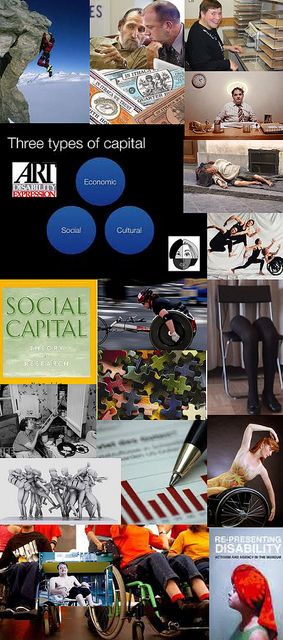
Stop and Think About It-
“Your life is a complex web of people who you relate to on various levels for various things. Those people you are closest to are your covenant relationships. These are the people you love and spend the most amount of time with.”
Next all those people that you freely exchange with make up your friendship relationships. You spend a fair amount of time with these people and rely on them for things you need as your situation becomes more complex. Last are all those people that you know and see in your daily or weekly activities. You exchange pleasantries with these folks and might even discuss or debate events around you, but you do not go much beyond these dimensions.
Robert Putnam (2000) defined the concept of social capital as: “referring to connections among individuals – social networks and the norms of reciprocity and trustworthiness that arise from them…(It) is closely related to…civic virtue…A society of many virtuous but isolated individuals is not necessarily rich in social capital.”
Social Capital and Health
Over the past 25 years researchers have been looking closely at the potency of social capital on health and happiness. Study after study have been conclusive that the more social capital an individual has, the less sick days and sad days they experience. A study done in Alameda County California (Berkman and Syme, 1979) found that healthy adults who were more socially integrated with deeper forms of social capital such as wives/husbands/partners as well as with close friends and associates were more likely to still be living nine years post study that others who were less connected. Twenty years later Berkman and Glass (2000) found that the more social capital the greater the survival from heart attacks, less risk for cancer recurrence, less depression/anxiety, and less severe cognitive decline with aging.
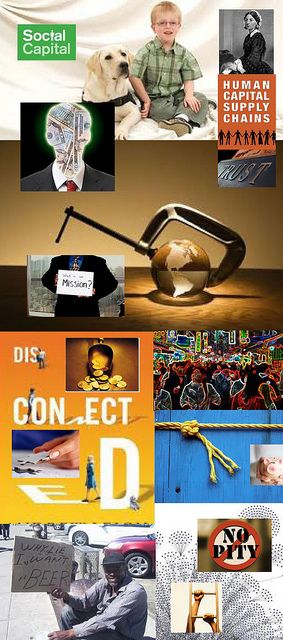
Preventing Disease
Similar studies over the same timeframes found that social capital predicts who is resistant to illness and, that social isolation (the lack of social capital) – listen to this – actually causes disease. Summarizing all of this research, Robert Putnam (2000) contended that social capital is not only essential to individuals, but is critical to communities overall because it:
- Allows citizens to resolve collective problems more easily
- Greases the wheels that allow communities to advance smoothly
- Widens our awareness of the many ways we are linked
- Lessens pugnaciousness, or the tendency to fight or be aggressive
- Increases tolerance
- Enhances the psychological and biological processes
The fact that social capital keeps us safe, sane and secure cannot be understated. Most of us tend to think that institutions or organizations are keys to safety. Places like hospitals or systems like law enforcement are thought to keep us safe, but the bold truth is that these systems have never really succeeded in keeping us safe or healthy.
Rather, it is the opportunity for relationships that community offers us as well as the building of social capital. Simply stated, your circles of support and the reciprocity they create are the most important element in your safety. In fact, Putnam reports that social isolation is responsible for as many deaths per years as is attributed to smoking.
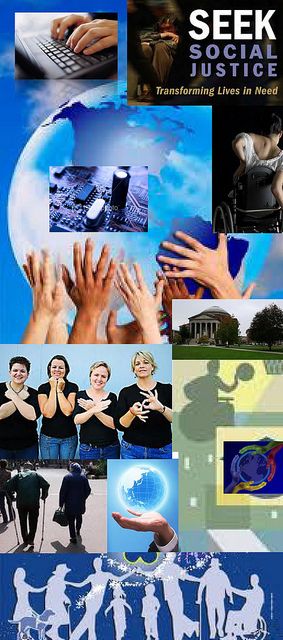
Promoting Wellness
Drilling deeper on this critical nature of social capital, Sheldon Cohen (2004) contends that there are two major aspects responsible for these positive effects – the “main social effect” and “stress buffering.” The “main social effect” is the obvious nature of having your social capital available to support you, and reciprocate when you are in need.
This “main social effect” promotes positive psychological aspects of identity, purpose, self- worth and other pro-social aspects that induce health-promoting physiological responses. It also provides information and is a source of motivation and social pressure to care for oneself.
“Stress buffering” asserts that social capital promotes health by providing psychological and material resources needed to cope with less stress. Quite simply this concept suggests that stress has an adverse affect on health and that social capital buffers the ill effects of stress.
Social Capital Saves Lives
The more friends you have the more you can get assistance in dealing with your stressful situation. When someone faces stress alone, the interpretation of the stressful event has ill effects. But, if you can talk with friends about this stressful situation often the interpretation is softened and you can face the stress with less negative impact.
The research, studies and reviews are overwhelmingly consistent that the more relationships people have, and especially in key, close relationships, the better they are able to deal with the stresses of life and the better their lives become.” Tom Rath (2006) suggests that the literature also indicates that one need not have a lot of relationships.
Studies seem to show that the positive effects of social capital kick in when people have at least 4 close relationships. Curiously, more than 4 do not necessarily make your life better, but less than 4 lead to serious ill effects. This study was done at Duke University Medical Center in 2001 with patients having heart disease. Over a 4-year span they found that people in the “isolated” group (those with fewer than 4 friends) were more than twice as likely to die from heart disease.
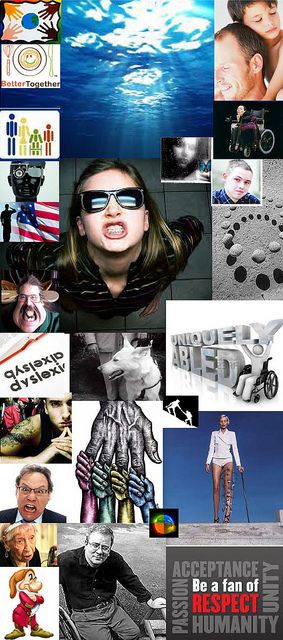
Social Capital and Life Success
Beyond the health and safety benefits of social capital there is mounting evidence that social capital have a positive effect on the more tangible outcomes associated with life success. That is, when one examines key life success outcomes some simple areas can be isolated for review. These are:
- Jobs and meaningful things to do
- Housing and living choices
- Transportation to engage in community
Certainly there are other outcomes important to people, but when you look at any human service systems anywhere in North America supporting people who are disadvantaged, these three measures – jobs, housing and transportation – are often the key activities that services offer.
Be they poor, elderly, disabled, addicted, homeless or any other social ill, systems and services are trying to help people get established in these three domains. I know in our own area of expertise – supports to people with disabilities- these areas are critical and funding sources are looking to measure our success here.
Yet when these three areas are closely examined, success in each one is linked to social capital. Quite simply, the more social capital people have, the more options people have in each of these critical life support areas. Consider your typical experiences here:
Jobs and Meaningful Things to do
Regardless of your age, if you look closely at your job history, you can probably trace job success to your social capital. That is, when you think about your jobs and how you obtained these jobs, probably a friend, family member or associate was directly involved.
Then, when you applied or interviewed for that job, you listed more of your social capital as job references. More, when the interviewer called your references, these people (your social capital) vouched for your integrity, diligence, and competence even if they had to stretch.
In our experience there are some clear coincidences in this area of jobs. One is that people with disabilities we support are overwhelmingly unemployed or underemployed. In fact, national statistics (NOD – 2001) suggest that close to 76% of people with disabilities (16 to 60 in age) are unemployed or underemployed and our experiences bare this out. Similarly, our experiences also reveal that the folks we support who are unemployed are equally socially isolated with limited social capital.
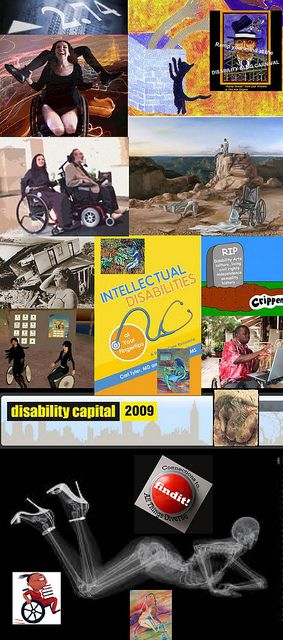
Housing and Living Choices
Most disadvantaged people are extremely limited in housing options. Often housing that is affordable and safe is off-limits to people of limited means. Consequently, many of these people are in sub-standard housing, in the most vulnerable areas, with the worst school systems, resources and the like. In the most severe situations, disadvantaged people end up homeless or on the streets.
Along with the limited social capital to assist with housing, many people with disabilities have the added challenge of needing accessible housing.”The net result is that the best that the human service system can do here is to build segregated or congregated housing specifically for people with disabilities. This isolation not only adds to the social stigma, but further limits the opportunity to build new social capital.
The spiral continues. One interesting example here is that of home ownership. The National Council on Disabilities (2001) reports that the overall home ownership data suggests that close to 71% of adults in community either own their own home or live with someone they love who owns the home.
Yet when they isolate the disability adult population, home ownership drops to 6.2%. Of course, when you factor in the unemployment rate of people with disabilities (76%) then this cohort becomes the poorest in the country so who can afford a home or what bank will lend to someone who doesn’t have a job.
Again, when we factor in social capital, the impact is clear. People with more social capital have greater options in housing and in whom they might choose to live with. If you needed to change your living arrangement quickly, for whatever reason, your social capital would be there to bail you out. You might have someone who could take you in temporarily, then help you find a new place to live or perhaps have you move in with them on a more permanent basis. The net result is that social capital is a key mitigating factor in preventing homelessness.

Transportation to Engage the Community
There is no doubt that the ability to get around the community is critical to a person’s life success. Getting to work, meetings, appointments or to recreate are key to keeping a person (or family) moving forward. Quite simply the more limited you are in getting around the more limiting life becomes.
People who are disadvantaged are usually limited in transportation options. If you don’t have a job, often you cannot afford a private vehicle. This leaves either public transit or finding friends to transport you.
If public transit is not available, and you have limited social capital you are stuck. Then, if you need some special features in transit, such as accessibility, you are even further isolated.
Ironically, if you cannot get into community, then your chances of building social capital are further affected. Yet we know that social capital is key to assisting in transportation if you do not have or can operate a vehicle. This is a cruel double bind.
Disadvantaged People and Social Capital
It is safe to suggest that people who are disadvantaged anywhere in North America are equally limited in social capital. There is very little literature to back this statement up which, in and of itself is revealing.
Still, if you have any exposure or contact with groups of people that are often at a disadvantage – the old, poor, disabled, homeless, and addicted know that these cohorts are disconnected from social capital.”Similarly, disadvantaged people are limited in all the aspects that social capital affects. That is, jobs, housing, and transportation are all challenging areas for devalued people. Equally, we know that disadvantaged people have more sick days, more depressed days and, in some cases, have a higher mortality rate. This is certainly true with homeless, addicted, poor, and disabled populations.
Without any detailed studies, conventional wisdom tells us that all of these populations are more socially isolated than other groups. Without the resources, energy, accessibility, or general community acceptance members of these disadvantaged groups languish in the area of social capital.
To this end, it seems that human services for these groups of people are missing the boat. Each year, millions of public and private charitable dollars are directed to “helping” disadvantaged groups, but when efforts to help fail to identify and then utilize strategies to help build social capital, it appears that these efforts will be doomed to failure.

Conclusion
We are convinced that the route to success in community, no matter the group or agenda, rests in understanding the concept of social capital, and then developing strategies and supports that will facilitate disadvantaged groups in building, maintaining, or sustaining social capital. When we move in this direction we are convinced that we will finally make progress in helping people find value and relevance in community.
References
Cohen, Sheldon (2004) “Social Capital and Health” American Psychologist. Nov 2004, pp. 676 – 684.
Condeluci, Al (2002) Cultural Shifting. St. Augustine, TRN Press.
Condeluci, Al (2008) Together is Better. Wake Forest, NC, Lash Press.
Putnam, Robert (2000) Bowling Alone. New York, Simon and Shuster.
Rath, Tom (2006) Vital Friends. New York, Gallup Press.
Condeluci, et al (2008) “Social Capital: A View from the Field.” JVR, Vol 29, No 3.
A Call to Action
Maximizing social capital by expanding digital opportunities that are more inclusive in their thinking and design, is a tall order. Yet it is the mission of IOS and we are proud and ready to take it on. If you would like to know more or, more importantly, play a part, individually or organizationally, please . . .
